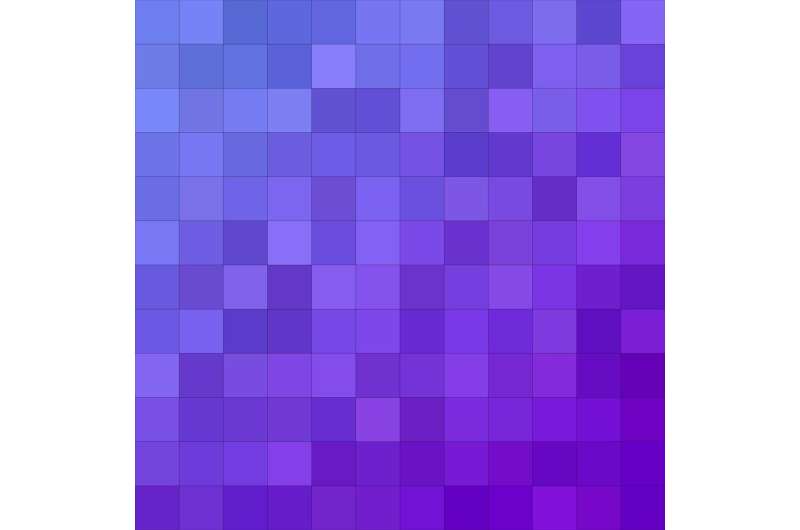This article has been reviewed according to Science X's editorial process and policies. Editors have highlighted the following attributes while ensuring the content's credibility:
fact-checked
trusted source
proofread
Researchers design smaller, lighter space-based imaging spectrometers with high spectral resolution

Researchers have developed a new smaller, lighter design for space-based imaging spectrometers with high spectral resolution. These high-dispersion imaging spectrometers could be used onboard spacecraft or satellites to study the Earth's atmosphere or the atmospheres of other planets.
James P. McGuire, Jr. from NASA's Jet Propulsion Laboratory in Southern California will present the new research at the Optica Design and Fabrication Conference, which will take place June 4–8 2023 in Quebec City, Canada.
"This spectrometer provides the same measurement capabilities as conventional designs, but at one-tenth the size and mass and at lower cost. Smaller, lighter, and cheaper open the door to new applications and markets," said McGuire.
Imaging spectroscopy, also known as hyperspectral imaging, acquires information across the electromagnetic spectrum for each pixel in the image of a scene. When performed from space, it is typically used to observe solids or liquids, which requires high spatial resolution and low spectral resolution. However, there is a need for smaller and lighter-weight space-based imaging spectrometers that gather atmospheric information, which requires high spectral resolution and low spatial resolution.
In the new work, the researchers describe near-infrared (NIR) and long-wave infrared (LWIR) imaging spectrometer designs that could help fill this need. The spectrometer designs combine desirable features from several existing designs, including an immersed grating that reduces the grating size by as much as the refractive index, a Littrow optical configuration that uses the same optics before and after the grating, and a grating on a spherical surface to simply the correction of an optical error known as Petzval field curvature. Gratings separate white light into its constituent spectrum of colors.
The researchers developed an NIR imaging spectrometer design that covers a spectral range from 2302 nm to 2370 nm with 2,048 spectral pixels and 512 spatial pixels at an aperture of f/1.9. Using different materials, they also designed a LWIR version that covers 8 μm to 12 μm with 1536 spectral pixels and 256 spatial pixels at f/1.7.
Provided by Optica





















